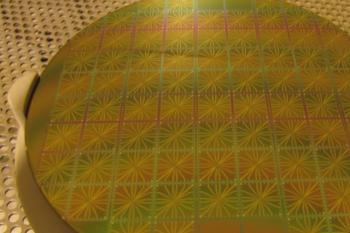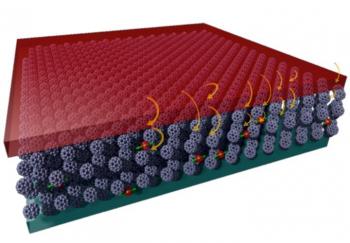Young University of Alabama researcher granted $500,000 for spintronics research
The National Science Foundation (NSF) awarded a $500,000 CAREER Award grant for Dr. Claudia Mewes from the towards her spintronics research. The CAREER Award is the NSFâs most prestigious recognition of top-performing young scientists.
Dr. Claudia's research will combine different theories to close the gap between materials design and device performance with the ultimate goal of finding materials that work best in those environments. Dr. Claudia's research includes an educational outreach component looking to increase the number of young girls interested in pursuing careers in science.



